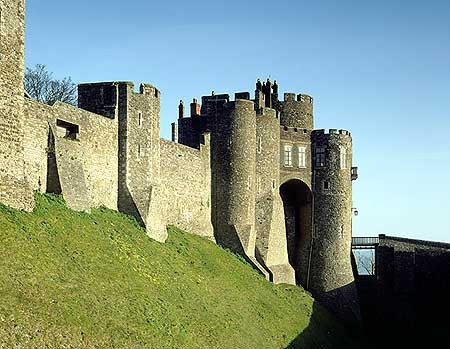George’s design talent and passion for beautiful buildings has transformed the home’s and lives of so many people a cross Britain.
George's TV Shows:
Build A New Life 2003-2006
The Home Show 2008-Present
Restoration Man 2009-Present
http://www.georgeclarke.co.uk/

1. DREAM/PASSION
George Clarke's passion is and always will be architecture. He studied architecture at the University of Newcastle and University College London. Later he started his own business, Clarke:Desai, with business partner Bobby Desai.
"Durham Cathedral was the building that made me want to be an architect. I remember going to visit the building at the age of 12 and it blew me away with its unbelievable beauty. It sits alongside the River Wear, which runs down to my home city of Sunderland. I wish I could design a building that would last a thousand years!"(George Clarke)

Founded in AD 1093, Durham Cathedral is generally regarded as one of the finest examples of a Norman cathedral and has been designated a UNESCO World Heritage Site.
AUDIENCES
George Clarke is passionate about the way architecture can transform everyday lives and his aim is to make architecture popular and accessible to the public.His audience ranges from University students, housewives, working class families, and even the extravagantly rich.
KNOWLEDGE
George Clarke is an architect and creative director of an architectural practice, clarke:desai, which has established a reputation as a talented design company with a very high profile client list, including residential, cultural and urban design projects across the world. George Clark also has a property development company, dreamspaces. He is also a writer and lecturer. George's architectural practice, university teaching and research allow him to develop ways of creating new kinds of architecture.
STRATEGY
I believe George Clarke's strategy, which contributes to his success is his friendly approach, young good-looking appearance, and the ability to sympathise with the people he's helping. He seems to have a great PR team and marketing structure.

















